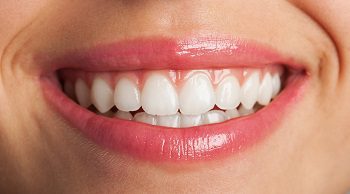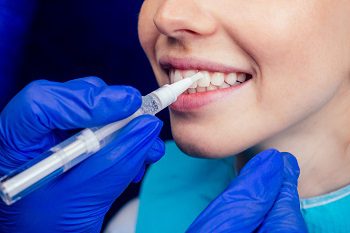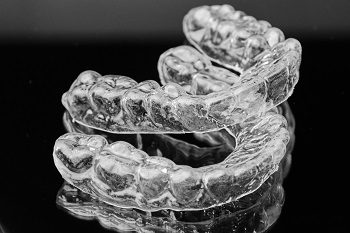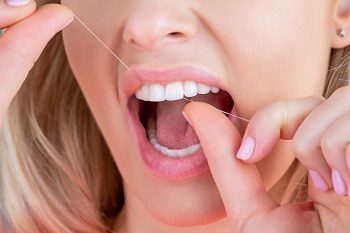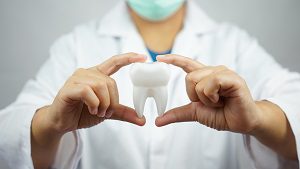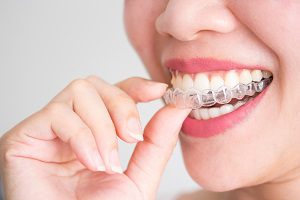A composite dental filling blends in with your natural tooth; thereby, providing it great strength and restoration. It removes the damaged portion of your teeth and fills it with a composite resin filling material. Composite fillings also help restore your smile and improve your tooths’ imperfection.
When you get composite filling treatment, your tooth decay will be removed. The affected areas get filled with strong and durable material. This material bonds well with the tooth and restores it to function properly.
Composite Filling Works In A Systematic Way
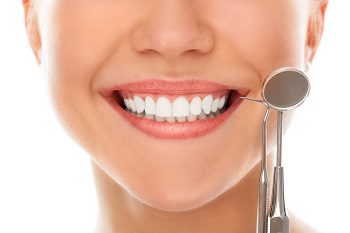
Composite fillings work systematically to prevent the tooth from any further damage. At first, you get a filling procedure to drill out tooth decay. Then, it is removed from the tooth via proper cleaning. It helps prevent the decay from spreading into other nearby areas of the affected tooth. Moreover, it will keep away the bacteria from entering the tooth and helps to prevent any further decay.
Afterward, the dentist will fill your tooth with composite material. Then, the composite material will be bonded with the tooth’s surface. It is done using ultraviolet light, which strengthens the tooth’s structure. The tooth is then joined with solid material. Doing so will help restore the tooth’s function, and the patient can easily chew once the healing process is done.
Steps of Placing Dental Bonding:
Composite fillings are pleasing to consider whether you have a tooth cavity or decayed, cracked, and chipped teeth. There are several uses of these dental fillings, and you might need one. Visit your dentist to ask for help.
The following are the steps for placing dental bonding for composite fillings as per the science of dental bonding.
- Preparation and tooth trimming as per the individual needs.
- Acid etching the dentin and enamel.
- Application of the bonding agent.
- Placement of the dental composite.
- Curing the composite after restoration.
- Final polishing and shaping
- Aftercare and precautions.
How To Care For Composite Fillings?
When the composite fillings are done, it is important to care for them to maximize benefits. Here is a brief guideline concerning the post-filling procedure.

- Visit Dentist for Regular Check Ups to avoid any usual happening.
- Observe Oral Hygiene Practices, brush gently and use fluoride. Brush with fluoride toothpaste and drink fluoridated water by consulting your dentist. Consider choosing a mouthwash as well, if required.
- Avoid Hard Eating, eat slowly and chew properly. Maintain a well-balanced diet.
- Avoid Extremely Cold Or Hot Foods, especially if you suffer from tooth sensitivity.
Conclusion
Composite fillings have a reasonable success rate if they are adequately cared for. If you have a tooth cavity or want an aesthetically pleasing tooth, consider choosing composite fillings by asking the dentist. After thorough analysis, the dentist might recommend you if he finds you the suitable candidate for the procedure. Happy tooth restoration.
Talk with your Petaluma dentists today for more information. Your dentists in Petaluma, Amir Hosseini, DDS, Azadeh Hosseini, DDS, and Ghazal Hosseini, DDS at Petaluma Braces & Family Dentistry can tell you more.
*Neither this nor any other content in this media is meant to prescribe, recommend, or prevent any treatment or procedure. We highly recommend that you get the advice of a qualified dentist or other medical practitioners regarding your specific dental condition.

